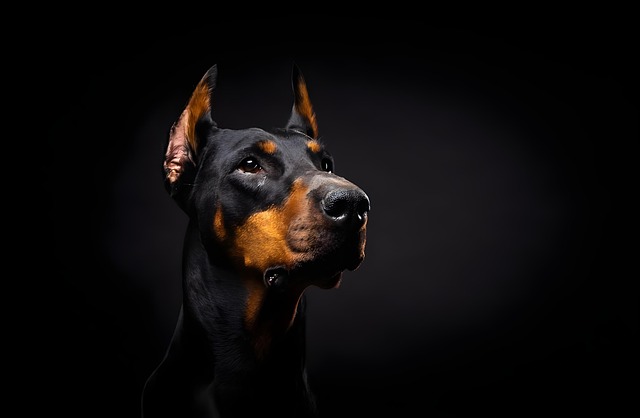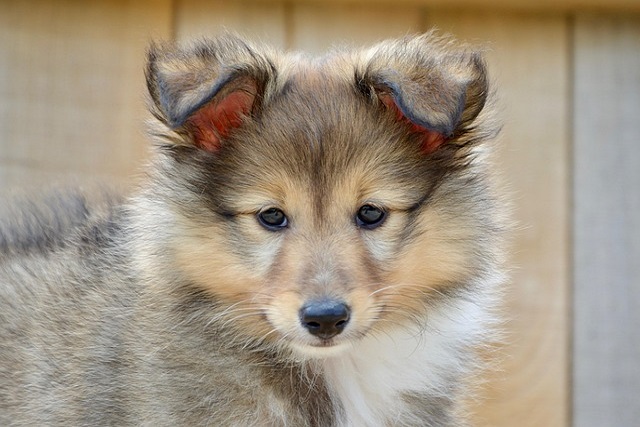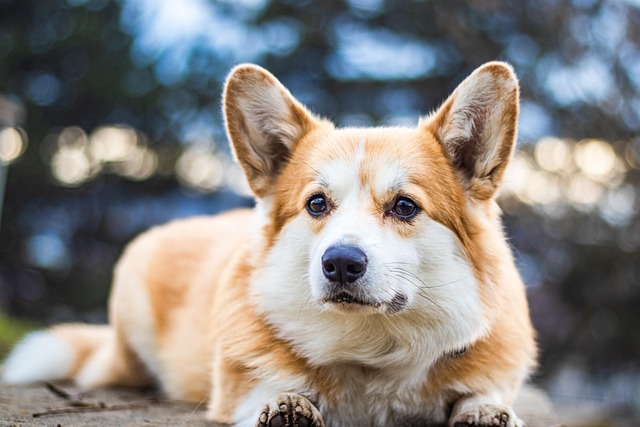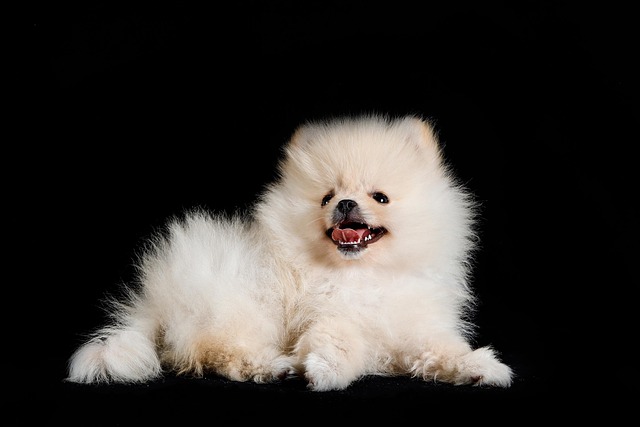
How to test for tetanus in dogs?
Tetanus in dogs often starts with subtle signs most owners miss—like a stiff jaw when grabbing a favorite chew toy or hesitation to climb stairs they once bounded up.
As a new dog owner in the US, stepping into the world of professional grooming can feel like navigating a maze. You want the best for your pup, but how do you spot a groomer who might do more harm than good? Let’s break down the warning signs every first-timer should know.
First, trust your gut about the environment. A clean, organized space matters—think sanitized clippers, fresh water bowls, and no overpowering smells of urine or chemicals. Last summer, a friend in Chicago visited a salon where dogs were crammed into tiny cages with matted fur on the floor; that’s a neon sign to leave. Dogs stressed by chaos can lash out or get sick, so a calm setup with visible safety protocols (like separate areas for drying) is non-negotiable.
Science backs this up: stressed dogs release cortisol, which weakens their immune system. A groomer who rushes through appointments or ignores your dog’s trembling might trigger this. Watch how they interact—do they pause to reassure a skittish pup, or yank them by the collar? Positive reinforcement, like offering a treat mid-brush, shows they get canine behavior.

Compliance is another big one. Legally, groomers should ask for proof of core vaccines like rabies—skip this, and your dog could catch parvovirus from another pet. And remember, post-grooming walks mean packing those poop bags; cities like Denver fine up to $100 for leaving waste, a rule tied to public health laws.
Culturally, any mention of “correcting” your dog with slaps or harsh words is a deal-breaker. American vets and trainers universally promote reward-based methods. A groomer who says, “He needs a firm hand” isn’t just outdated—they’re risking your dog’s trust.
Apartment dwellers, note this: a bad groom might leave your pup overstimulated, leading to barking fits that annoy neighbors. A good groomer will adjust their approach for nervous dogs, maybe scheduling quieter morning slots. And during post-groom strolls, keep that leash short—respecting others’ space, especially kids or other pets, is part of being a responsible owner.
Finally, if a groomer dismisses your concerns—like refusing to avoid a sensitive spot on your dog’s paw—walk away. Your role as advocate matters, and they should listen.
Spotting these red flags early keeps your pup safe, happy, and ready to strut their fresh look all season.

Tetanus in dogs often starts with subtle signs most owners miss—like a stiff jaw when grabbing a favorite chew toy or hesitation to climb stairs they once bounded up.

If you’re a new dog parent in the US—maybe you’re standing in your Ohio apartment’s pet store aisle, holding a bag labeled “senior dog food” while your 8-year-old Dachshund

If you’re a new dog parent to a senior pup in the US—maybe you’re standing in your Florida apartment’s pet food aisle

Pet owners often worry about hidden health risks for their dogs, and toxoplasmosis is one that flies under the radar for many—understanding how dogs pick it up is key to keeping them safe.

If you’re a new dog parent in the US—maybe you’re standing in your Chicago apartment, staring at your 7-month-old Poodle mix, Bella

Tetanus in dogs comes from bacteria entering open wounds—think a deep cut from a rusty fence nail during a walk, or a scraped paw from digging in contaminated soil.